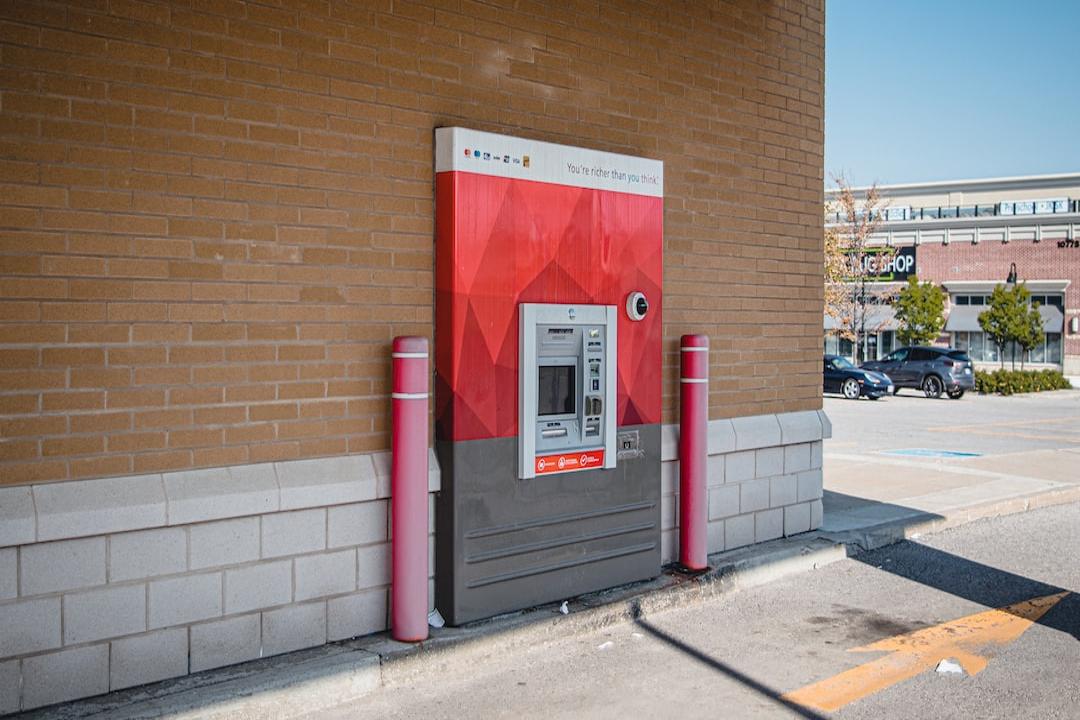Bitcoin’s volatility in the past year has dropped below that of top tech stocks such as Tesla, Meta, and Nvidia, indicating its progress towards becoming a more stable asset class. According to Bloomberg, Bitcoin’s one-year volatility was approximately 44.88% as of May 11, while stocks like Tesla, Meta, and Nvidia had an annualized volatility of over 50%. Additionally, Fidelity Investment reported that Bitcoin exhibited lower volatility compared to 33 out of the 500 companies in the S&P 500 index. This suggests that Bitcoin is becoming more stable in comparison to traditional stocks.
Initially, Bitcoin experienced high volatility, with an annualized volatility of over 200% in its early years. This is common among new asset classes with significant capital inflows, as the inflows represent a smaller proportion of the total capital base. However, as the market matures and the proportion of new investments decreases, the influence on market prices diminishes. This can be seen in Bitcoin’s long-term volatility chart, which shows a gradual stabilization of volatility over time.
Bitcoin’s recent volatility patterns resemble those of gold in its early trading years. Both assets underwent a period of high volatility during their price discovery phase, followed by a gradual decrease in volatility as they became established asset classes. This similarity suggests that Bitcoin is transitioning towards becoming a more stable asset class as it becomes integrated into the broader financial landscape.
Comparing Bitcoin’s current annualized volatility of around 44% with its volatility of around 80% three years ago at a similar price level indicates that Bitcoin is maturing. This is further supported by the approval of several spot Bitcoin exchange-traded products in the United States. Fidelity researcher Zack Wainwright believes that this growing belief in Bitcoin’s maturity is driving its transition towards becoming a more stable asset class.
Interestingly, periods of lower annualized volatility for Bitcoin have historically preceded major price increases. When the price stabilizes, accumulation sentiment among existing and new investors tends to rise. For example, Bitcoin’s one-year volatility was approximately 43% in December 2023, and since then, its price has increased by around 75%. The demand for spot Bitcoin ETFs in the United States has also contributed to this price increase, with cumulative inflows reaching $11.68 billion as of May 11.
Experts predict that in the coming months, significant players such as sovereign wealth funds, pension funds, and endowments will engage with spot Bitcoin ETFs. Institutional investors typically have strict risk management protocols, and lower volatility in an asset class aligns better with their investment strategies. Independent market analyst Scott Melker expects the BTC price to rise to the range of $100,000 to $150,000 due to the anticipated inflows from ETFs.
It’s important to note that this article does not provide investment advice or recommendations, and readers should conduct their own research before making any investment decisions.

